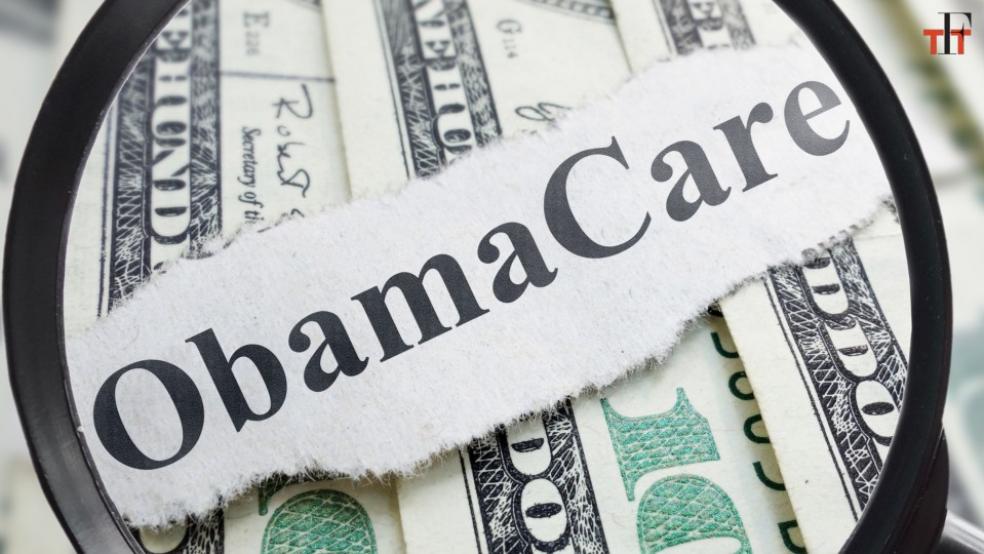Major insurers participating in Obamacare have won approval for substantial premium hikes next year in a dozen or more states. The increases range as high as 30 percent to 50 percent, according to new data.
Shaken by the decisions of Aetna, UnitedHealthcare, Blue Cross Blue Shield and other giants to pull out of many states after incurring hundreds of millions in losses, state insurance regulators appear more than willing to go along with these rate increases to prop up insurers remaining in the program.
Leading carriers that intend to continue selling individual policies on the government-subsidized and operated exchanges next year have been granted average premium increases of 30 percent or more in Alabama, Delaware, Hawaii, Kansas, Mississippi and Texas, according to The Wall Street Journal.
Related: Minnesota Could Be the First Obamacare Domino to Fall
Rate hikes by major insurers will top 50 percent in other states, including Arizona, Illinois, Montana, Oklahoma, Pennsylvania and Tennessee, according to the Journal’s survey. A handful of other states including Connecticut, Georgia, Indiana, Kentucky and Maine are supporting premium hikes of 20 percent or more.
In some cases, state regulators have granted even larger premium increases than the insurers requested. While consumer advocates have complained about soaring insurance premiums, out-of-pocket costs and prescription drug prices, insurance industry officials warn that more companies may flee Obamacare exchanges unless they can stanch their losses and crack the code for making a profit on their policies.
Charles Gaba, a health data expert at ACASignups.net, told USA Today that regulators see it as part of their job to help insurance companies stay in business.
A survey by Gaba found that regulators in eight states approved premiums that were between one and eight percentage points higher than the carriers initially requested. Those states include Arizona, Pennsylvania, Colorado, Florida, Georgia, Kansas, Minnesota and Utah. In the case of Pennsylvania, regulators on Monday approved a 33 percent increase in individual plan rates, eight points higher than the companies sought.
Related: Obamacare in Critical Condition as Major Insurers Flee the Market
The enrollment season for the fourth full year of Obamacare begins Nov. 1, and the Obama administration and the insurance industry are bracing for what could be another harrowing year if enrollments fall off and profits continue to lag.
Some major insurers, including UnitedHealthcare and Aetna, ventured into the market in the past year or two with little experience in pricing and selling individual plans. They frequently underestimated the cost of covering a pool of beneficiaries that include a larger percentage of older and sicker patients. What’s more, many companies complained that the federal government fell well short of providing promised financial backup to compensate them for the risks they took in entering the market.
A Kaiser Family Foundation study released last summer estimated that premium increases in the coming year for the popular Obamacare silver plan would average about 9 percent. But based on the latest surveys, major insurers are seeking substantially bigger premium hikes in many states to protect themselves from another round of unexpectedly large increases in their coverage costs.
The Affordable Care Act enacted in 2010 was designed to provide both subsidized and market-rate insurance coverage to Americans who lacked coverage through an employer or who did not qualify for Medicaid. Most of the people who currently have coverage under the program don’t pay the full amount for premiums because of tax subsidies provided to them.
President Obama’s signature health insurance program covered 11.1 million people as of March, its third full year of operation. A recent S&P Global Ratings report estimated that enrollment in 2017 will range from a 4 percent gain to an 8 percent decline compared to 2016 levels
Larry Levitt, senior vice president for special initiatives at the Kaiser Family Foundation, told The Fiscal Times recently that the coming open enrollment period “will be pivotal,” with the results “affecting perceptions among insurers and policymakers about how the law is doing and whether fixes are necessary.”





